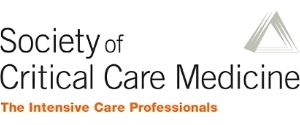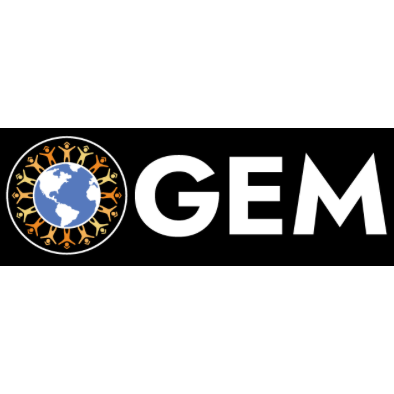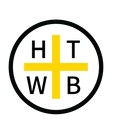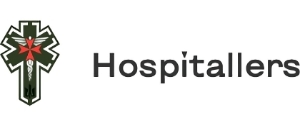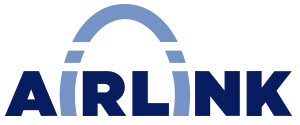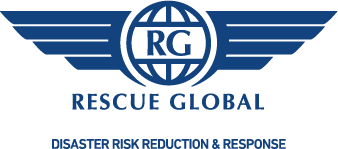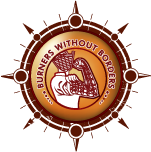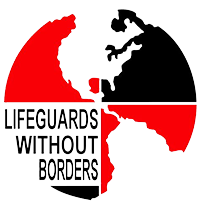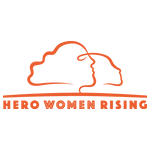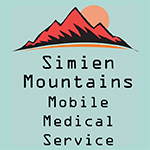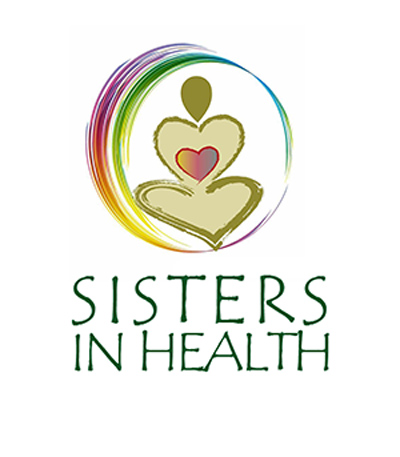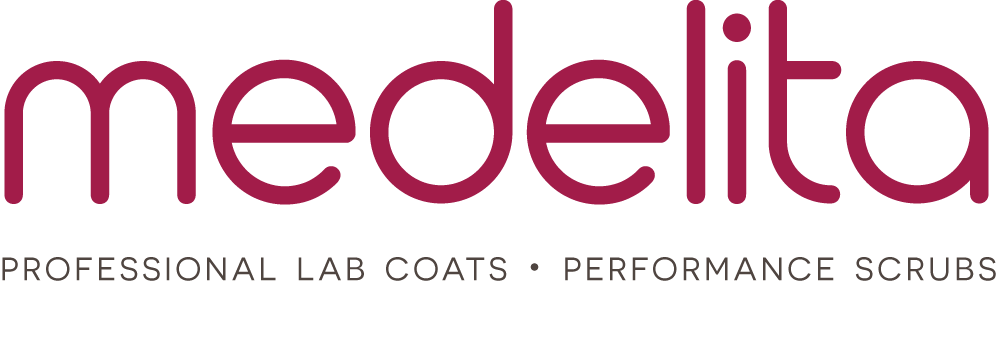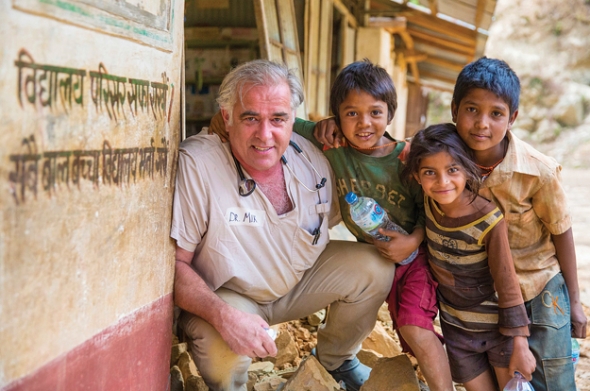
DR. MIKE KIERNAN, a physician with Porter Hospital’s emergency department, spent more than a week in Nepal late last month to treat people injured in a magnitude 7.8 earthquake. Here he poses with some children from one of several villages he visited. Photo by Mike Morse.

MIDDLEBURY — One can certainly say that Dr. Mike Kiernan faces many challenges as a physician with Porter Hospital’s Emergency Department. Each day can bring different maladies and injuries for him to diagnose and treat, including patients with stomach viruses, compound fractures and heart attacks.
But every once in a while, Kiernan likes to step outside of his comfort zone and go further afield to help others in need. Already seasoned at treating earthquake victims in Haiti, Kiernan last month spent more than a week helping the people of Nepal recover from a similar natural disaster that hit the south Asia nation on April 25.
“There is an egoless perfection to it,” Kiernan said of his occasional humanitarian globetrotting.
Indeed, Kiernan is no stranger to medical missions abroad. He donated his services in Haiti for two months following medical school. Kiernan repeated those visits at a clip of around two per year, leading up to a three-week mission following the devastating magnitude-7.0 earthquake that practically leveled the Caribbean nation’s capital of Port-au-Prince back on Jan. 12, 2010.
Physicians like Kiernan found themselves performing many amputations and treatment of infected wounds due to the circumstances in Haiti, where Kiernan toiled in a hospital built for 60 beds that was accommodating 430 during the emergency.
That Haiti outreach inspired Kiernan to provide the same service in Nepal when a magnitude-7.8 quake ravaged the Himalayan land in South Asia. He began contacting organizations that had provided aid to Haiti and found one organization — Global Outreach Doctors — that was marshalling medical staff and resources to Nepal. The organization gladly accepted Kiernan’s offer to serve and made him chief medical officer for a group that would include four search-and-rescue dogs, caregivers with experience in disaster zones, physicians, nurse practitioners and Nepalese facilitators.
The team got a dose of bad news soon after landing in Nepal’s capital city of Kathmandu seven days after the quake: The hospital they were to work at had been destroyed. The team was sent to a nearby town called Bhaktapur, which had sustained a lot of damage — including to important Nepalese cultural relics that had been stored there.
Kiernan and his medical colleagues adopted a strategy that called for traveling out into the rural areas to assist those who had become isolated due to impassable roads. Kiernan’s team lost two of its three available vehicles negotiating terrible roads and pathways. He estimated it took the group two hours to travel a mere six miles.
“The quake zone was very broad, across the country,” Kiernan noted.
He encountered a terrain and patient flow that was very different than what he had seen in Haiti.
Kiernan explained the silver lining to the Nepal quake was that it had occurred on a Saturday, when most people were out in the streets or in the countryside. Some of the casualties were enveloped in the rubble of temples and churches in which they had been worshiping on that fateful day. The earthquake leveled hundreds of thousands of single-story brick abodes made with tin roofs, Kiernan said. People caught in these basic homes fortunately had a decent chance of freeing themselves after the temblor hit, according to Kiernan, noting their ability to scoop away the bricks by hand. Haiti search and rescue required heavy machinery.
Nepalese children dodged a real bullet as a result of the Saturday timing.
“The schools were empty,” Kiernan said with relief. “Many of the schools I saw had been destroyed; if they were multi-storied, they were pancaked.”
Information from the ground was very limited, but it was clear that while tens of thousands of Nepal citizens needed medical care, millions required food and water. So Kiernan’s medical team also brought rice and dal — a staple that is also called lentils — to folks stranded in the hinterlands.
He unfortunately anticipates that a dramatic housing crisis is also in the offing for the people of Nepal.
“They were all sleeping outside,” Kiernan said. “One of the things an earthquake makes people feel is insecure about being in a structure.”
Kiernan credited the Nepalese Buddhist officials for being very proactive in gathering aid and funneling it to where it would do the most good. And he was very pleased to see how neighbors looked after each other in the villages. Consequently, most folks trapped in the rubble had already been extricated.
“In these villages outside of Kathmandu, people ran outside from their single-story structures (when the quake struck),” Kiernan said. “When they reached outside and there were 400 people in the village, they knew which 30 people were missing.”
As a result, the team could focus on delivering food and medical services.
“Those rescue dogs we had were hardly ever needed,” Kiernan said. “The places that we went, they knew where the people had died and they had gotten the bodies. This was one of these sad, town-wide duties, but they had done it.”
He described the terrain in Nepal as being very picturesque, featuring terraced landscapes and narrow roads.
“It was as if you had placed the town of Middlebury on Lincoln Gap,” he said.
“In order to reach people who had not received care, you had to go out,” Kiernan said. “After that first day … we saw people largely who had already had one incidence of care since the quake.”
Kiernan and his colleagues treated mostly fractures and provided wound care. Kiernan was glad he didn’t have to perform any amputations. But they saw their share of misery. Kiernan recalled treating a little girl whose mother had died while shielding her from falling debris. He has a photo of a man carrying his wife, who had sustained a crush injury to her pelvis. With some medication she was able, tentatively, to walk the next day.
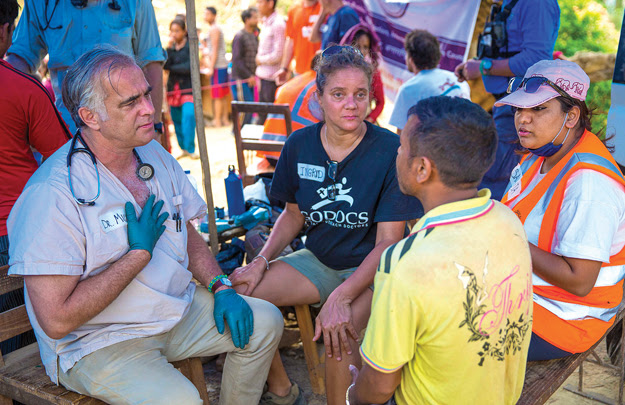
DR. MIKE KIERNAN of Weybridge, left, works with a patient in Nepal after the recent earthquake. Kiernan worked in Nepal for a week with other volunteer doctors, nurses and search dogs.
Photo by Mike Morse
Many families lost their small number of livestock and therefore main source of sustenance.
“Cows don’t do well when the ground shakes, so they rolled down the hills and died,” Kiernan explained. “So the rivers had dead cows washing down.”
Like its people, Nepal’s infrastructure and economy will also need to heal. Nepal’s popular trekking industry has taken a particularly tough hit to its infrastructure, according to Kiernan.
Kiernan was back at work at Porter Hospital when he heard of the second quake that again rocked Nepal on May 12. He believes the death toll will be at around 10,000 when all is said and done. But he credited Nepal’s citizens for their collective resiliency, good nature and capacity to adapt through what has been a very traumatic experience. The local doctor encountered smiles most everywhere he went.
“Their ability to be generous, supportive and gracious — and still be full of gratitude about life — was really enriching,” Kiernan said. “There are ways that these people who live with so much less than us, are happier than we are.”
Originally published on May 21, 2015 in Addison County Independent | Weybridge earthquake Featured Nepal Porter Hospital
By John Flowers
